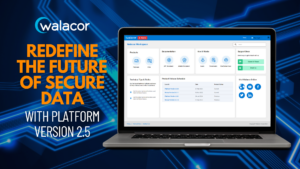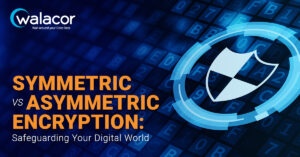In today’s digital landscape, data security has become a paramount concern for organizations of all sizes. It is crucial to protect sensitive information from unauthorized access and ensure its confidentiality, integrity, and availability. One essential aspect of data security is effective key management. This is where KMIP (Key Management Interoperability Protocol) comes into play.
What is KMIP?
KMIP is a standardized communication protocol for managing cryptographic keys and related objects. It provides a framework that enables seamless interoperability between key management systems (KMS), such as hardware security modules (HSMs), and services needing key storage or management.
The primary objective of KMIP is to establish a common language and methodology for key management across different vendors and products. By adhering to a standard protocol, organizations can avoid vendor lock-in, simplify key management processes, and ensure the security and portability of cryptographic keys.
As a follow-on to PKCS11, KMIP is quickly becoming the standard for integrating HMS/KMS systems to centrally protect secrets and give enterprises the ability to manage the spread and validity of the secret/key material being used for critical security operations. Rather than being viewed as a replacement architecture, KMIP serves as more of a wraparound augmentation for PKCS11.
Key Components
KMIP is comprised of four primary components:
- Cryptographic Objects
- Key Lifecycle Management
- Client/Server Architecture
- Interoperability and Vendor Neutrality
Cryptographic Objects
KMIP manages a wide range of cryptographic objects, including certificates, symmetric and asymmetric keys, policies, and various metadata associated with these objects. It provides a unified approach to handling these objects across different systems, ensuring consistency and integrity.
Key Lifecycle Management
KMIP defines a set of standard operations for key lifecycle management, such as key generation, distribution, rotation, archival, and deletion. These operations help organizations maintain control over their cryptographic assets throughout their lifespan, ensuring secure and efficient key management practices.
Client/Server Architecture
KMIP employs a client/server model for communication between key management clients and servers. Clients initiate requests for key management operations, while servers handle these requests and execute the necessary actions. This architecture allows organizations to implement centralized key management solutions and integrate them into their existing infrastructure.
Interoperability and Vendor Neutrality
KMIP’s core strength lies in its ability to enable interoperability between different vendors’ key management systems. By adhering to the KMIP standard, organizations can utilize key management solutions from multiple vendors without compatibility issues. This flexibility provides the freedom to choose the best-in-class products and services that suit their specific requirements.
KMIP plays a crucial role in enhancing data security by providing a standardized protocol for managing cryptographic keys. Its ability to facilitate interoperability, centralized key management, and robust security measures empowers organizations to establish a strong data security posture. By implementing KMIP, organizations can protect sensitive information, achieve regulatory compliance, and adapt to evolving technologies while maintaining control over their cryptographic assets. Effective data security begins with robust key management, and KMIP offers the framework necessary to ensure the confidentiality, integrity, and availability of cryptographic keys in today’s digital landscape.



